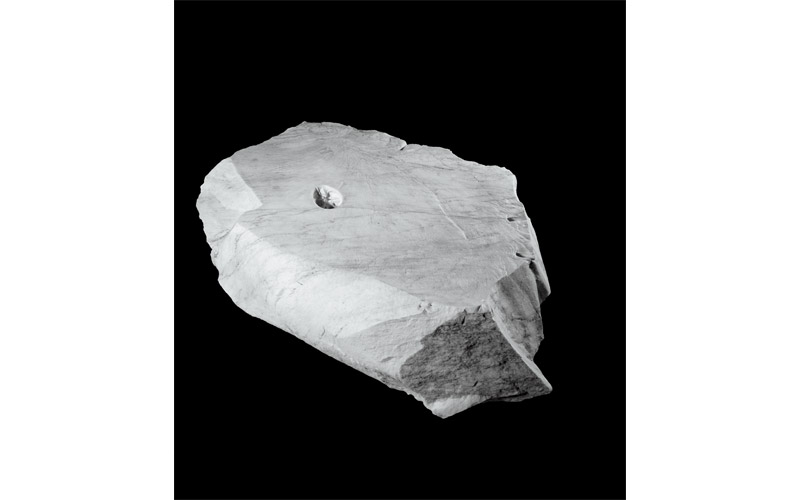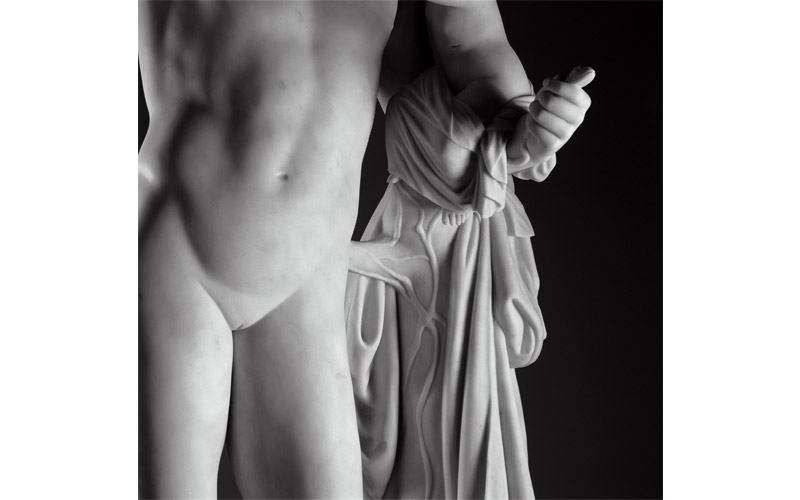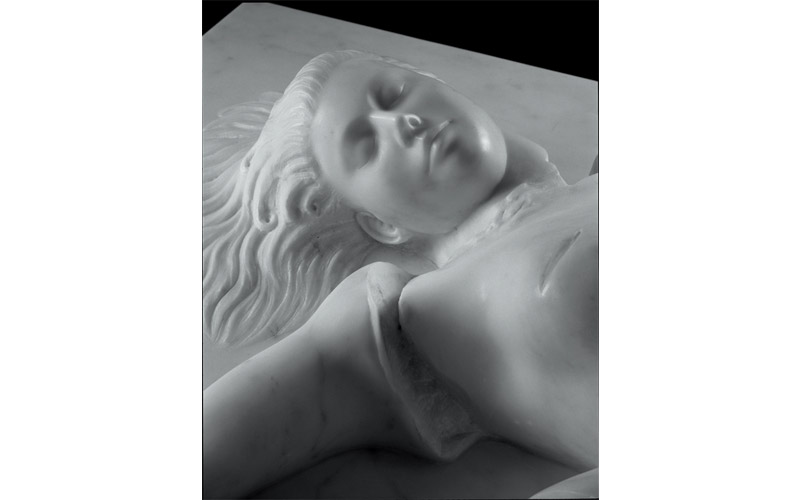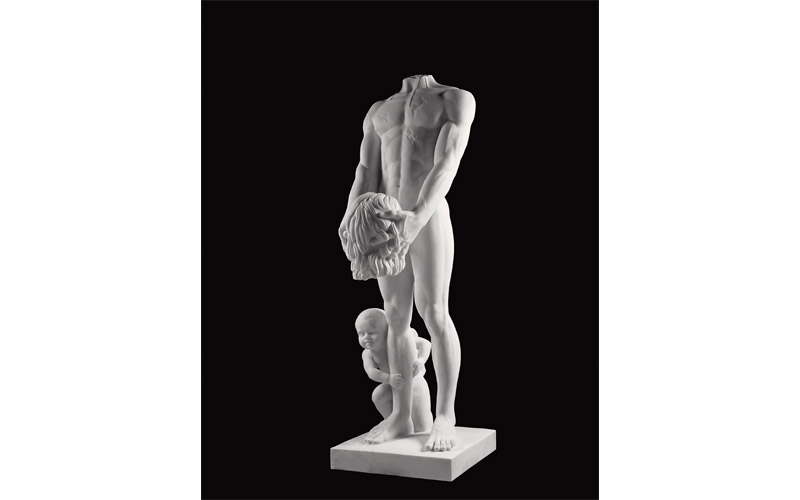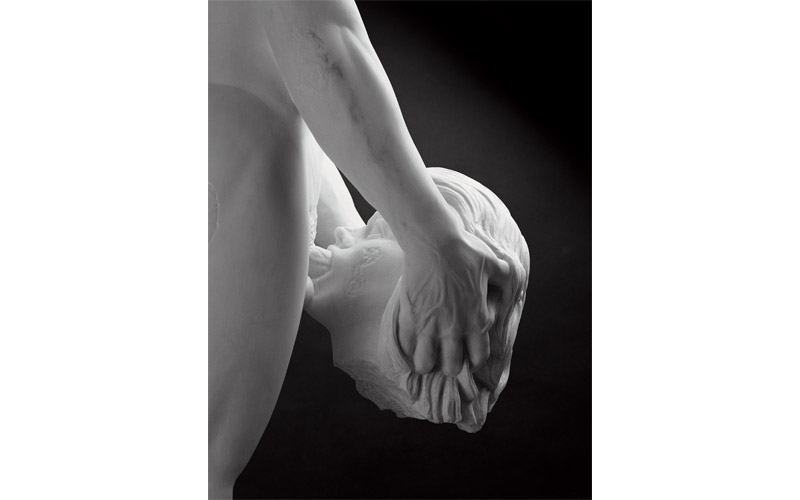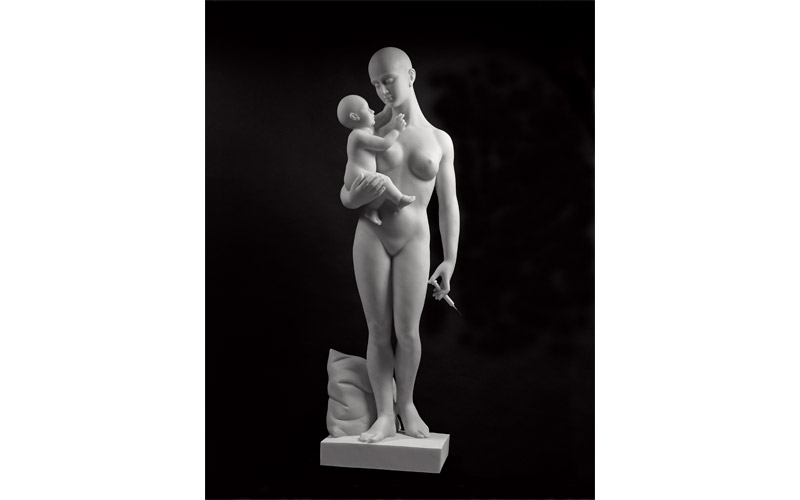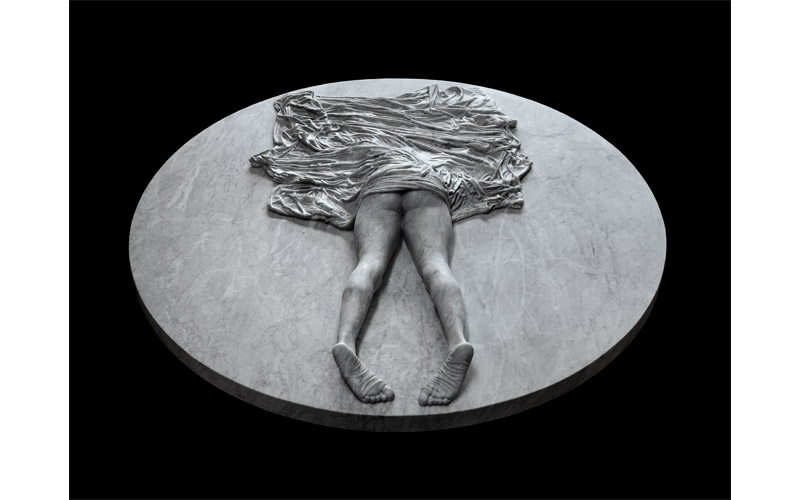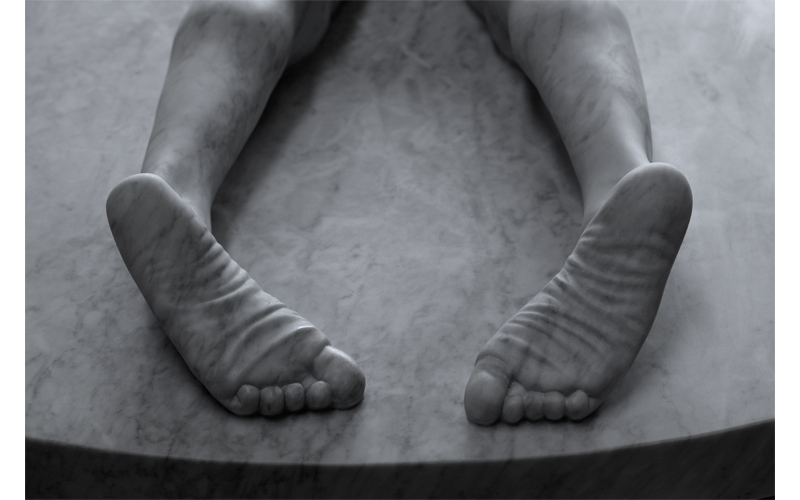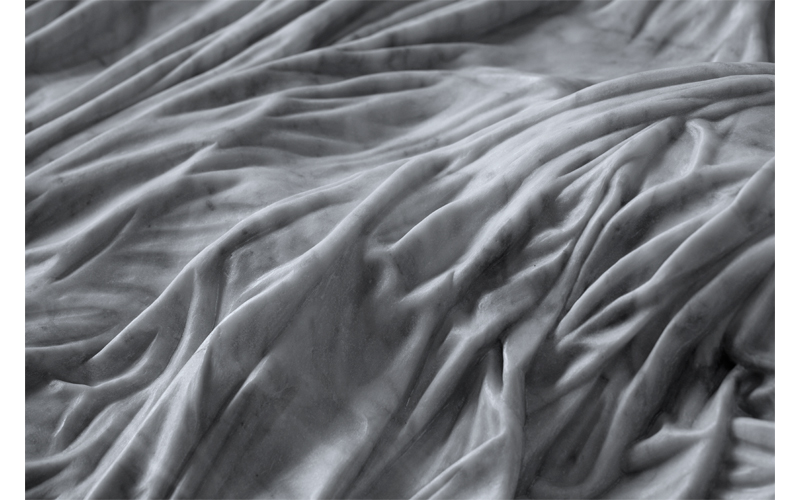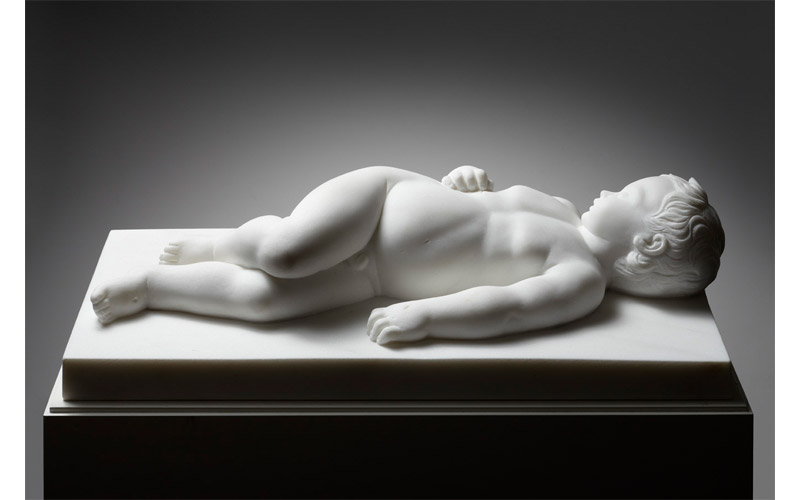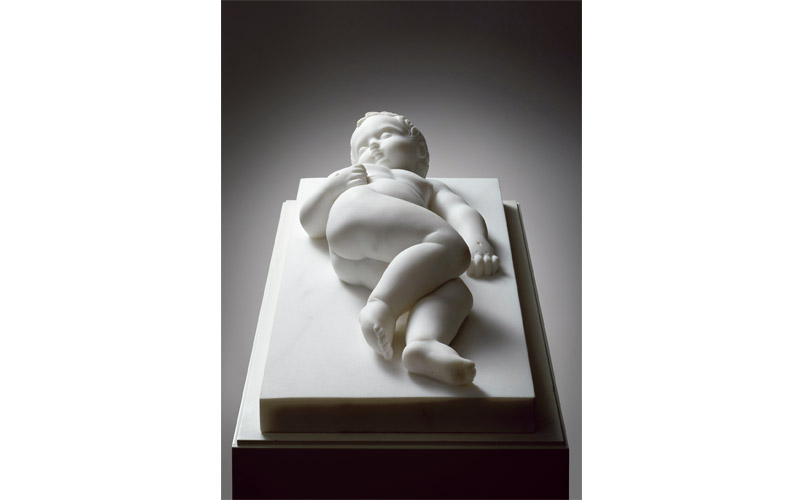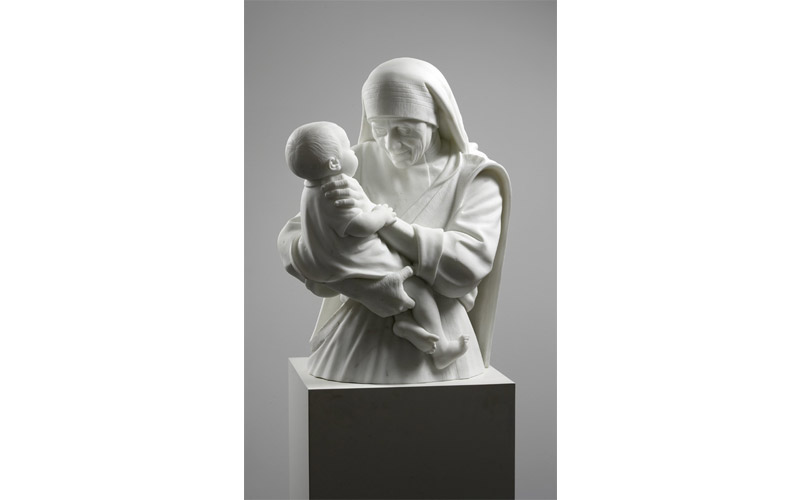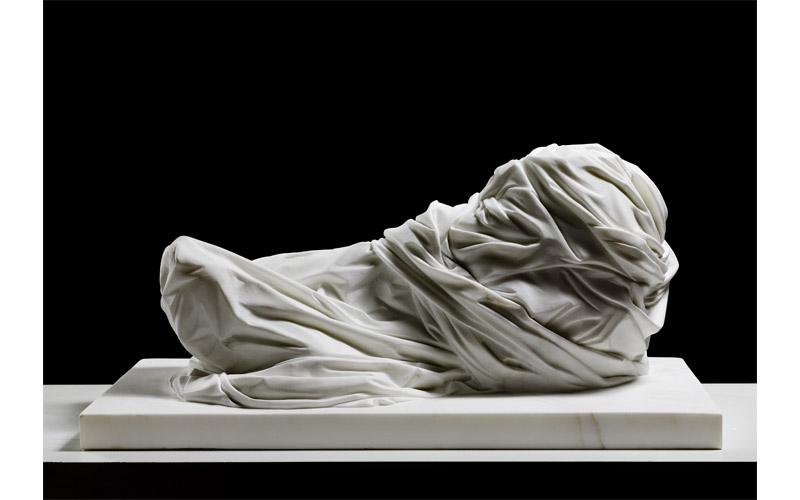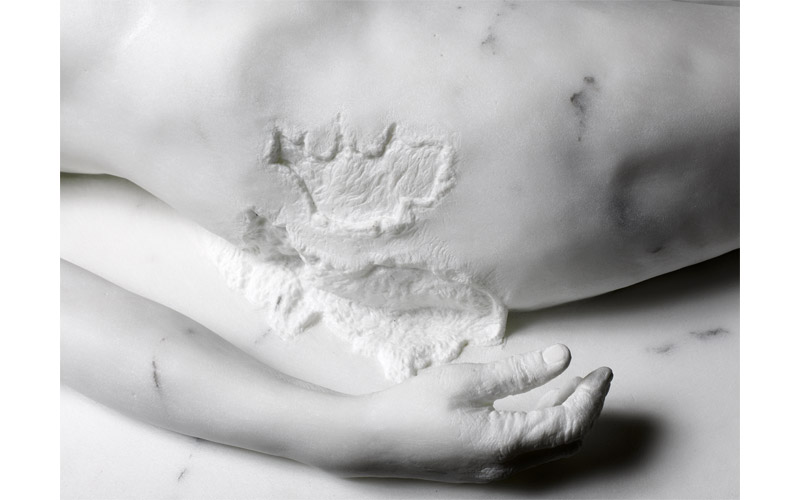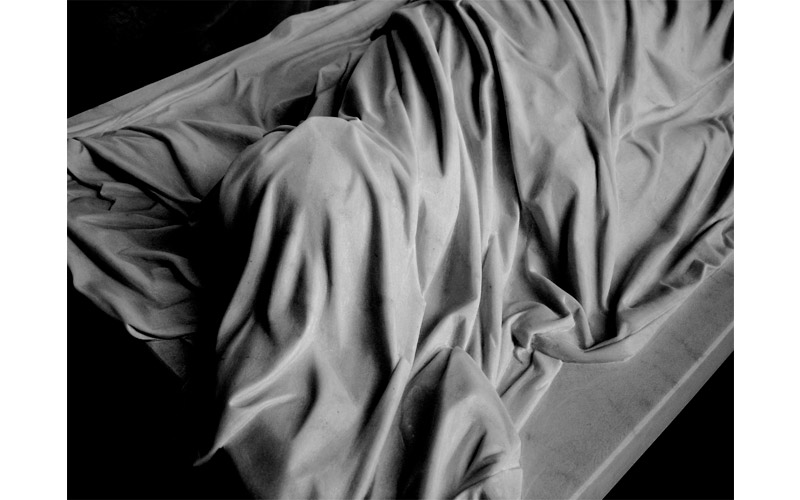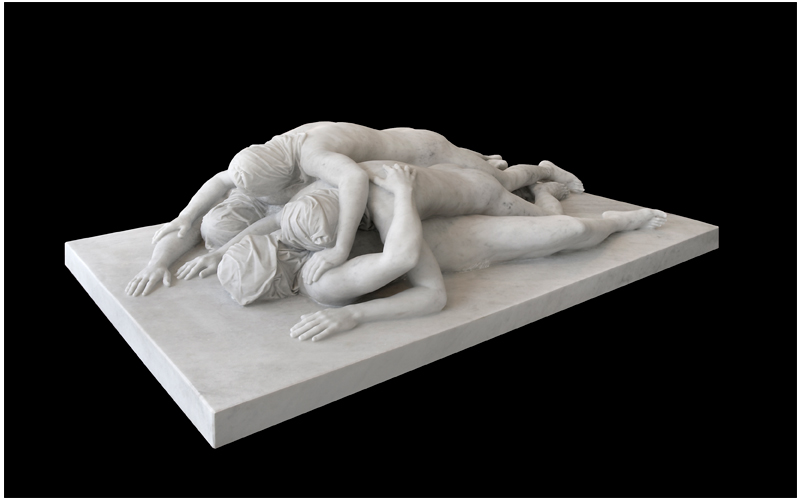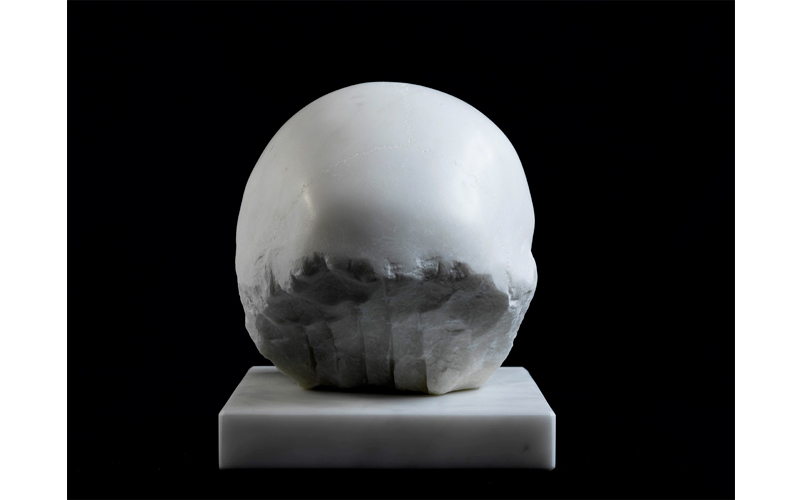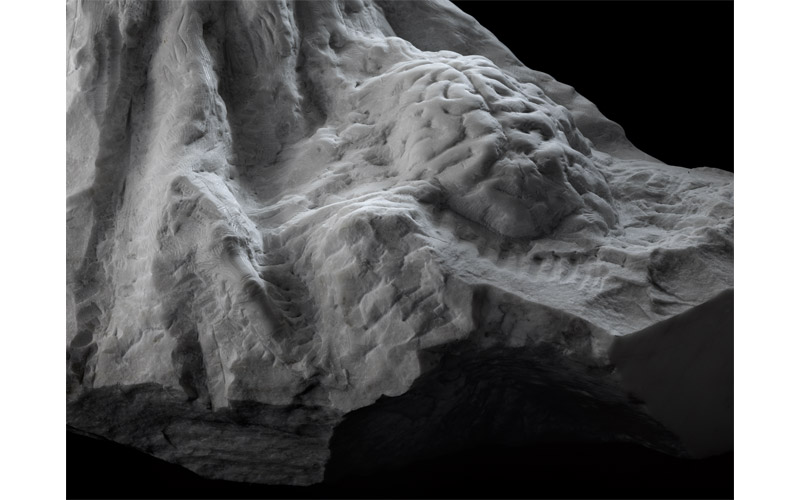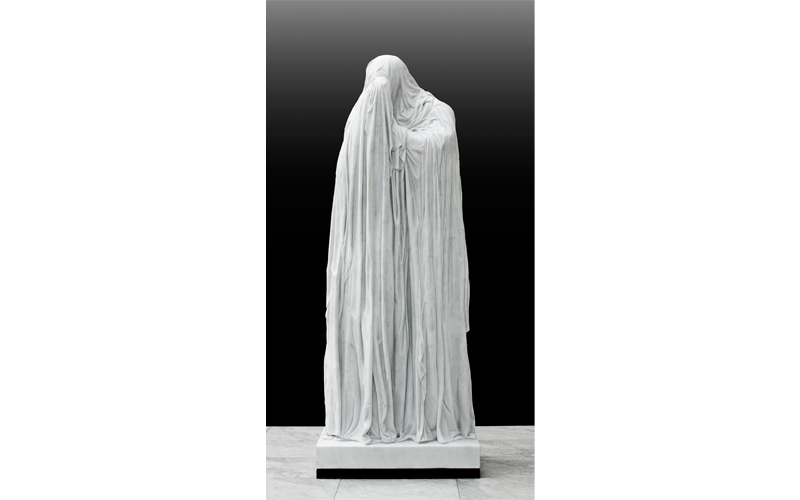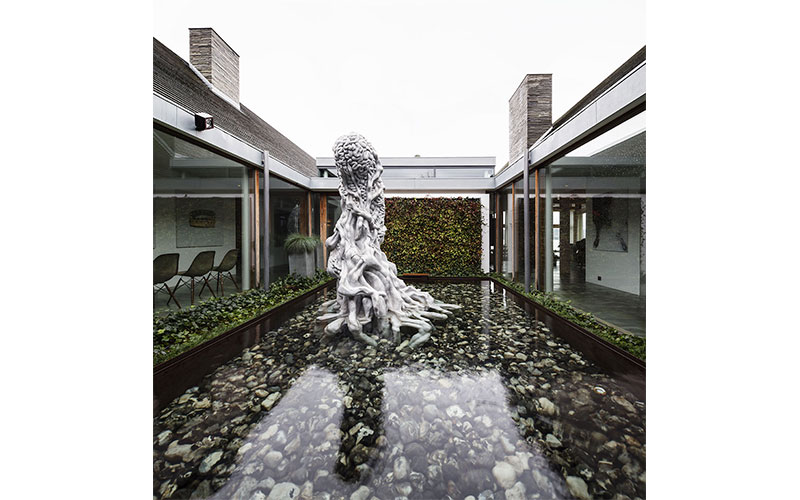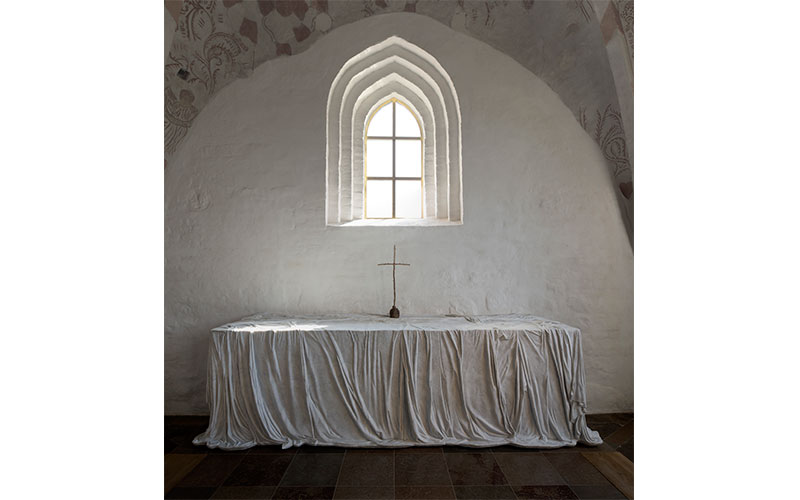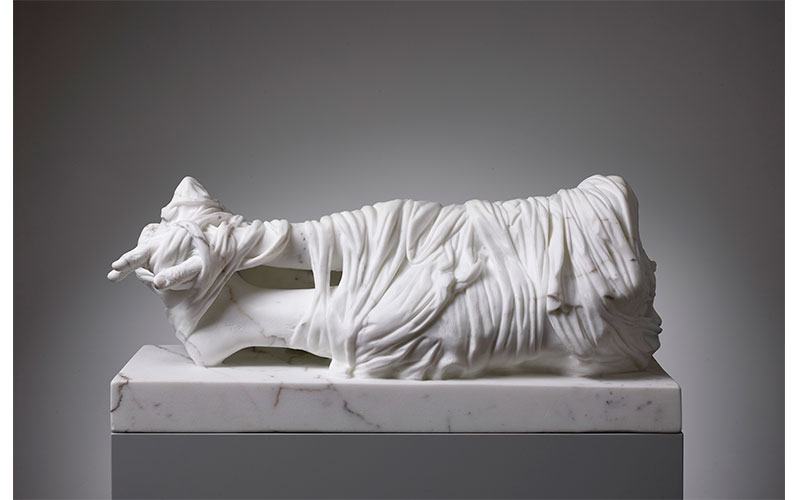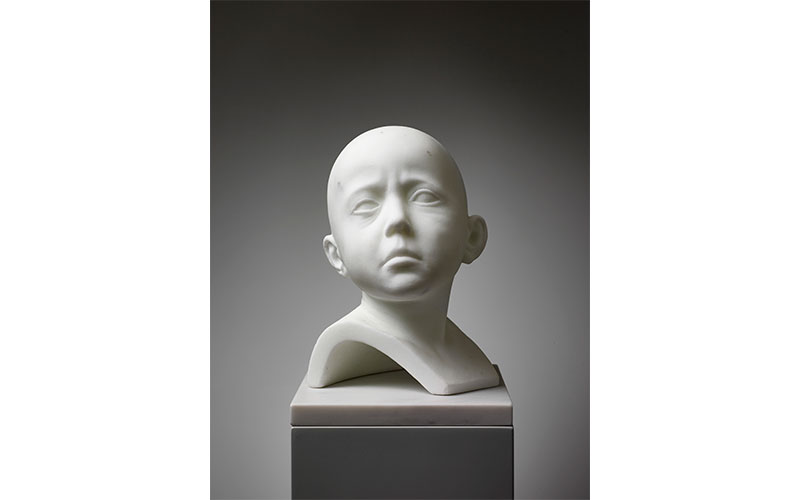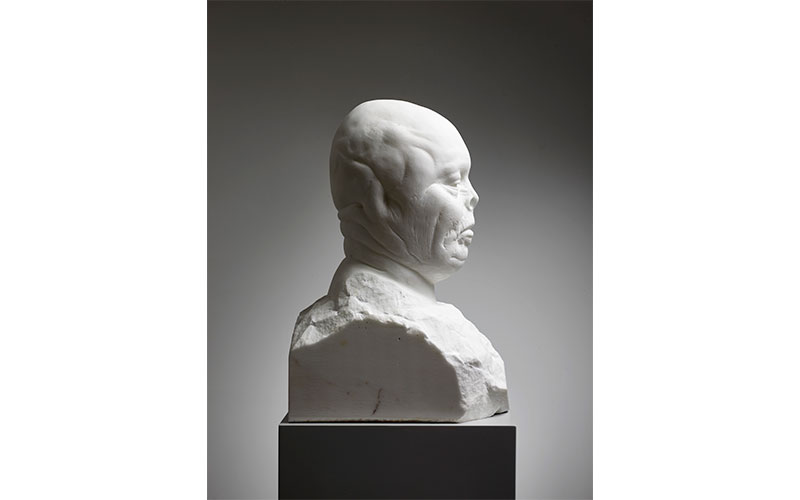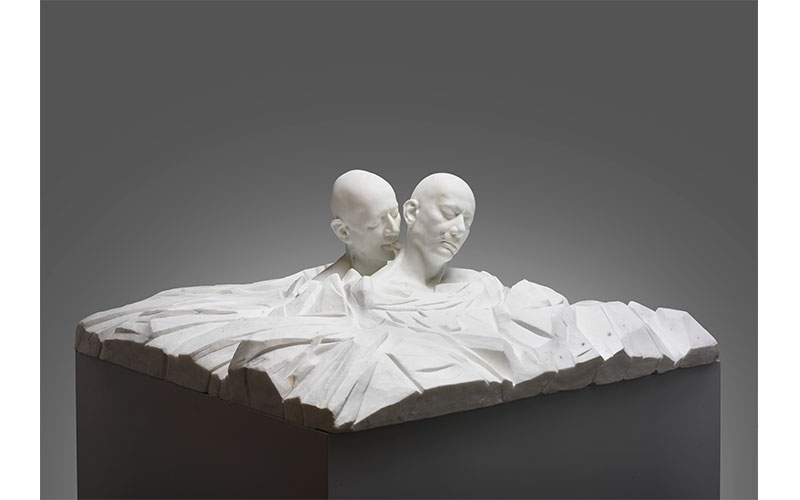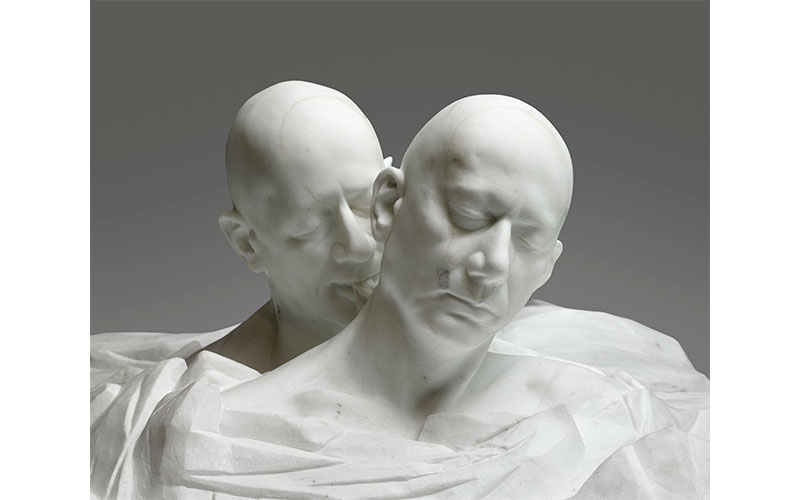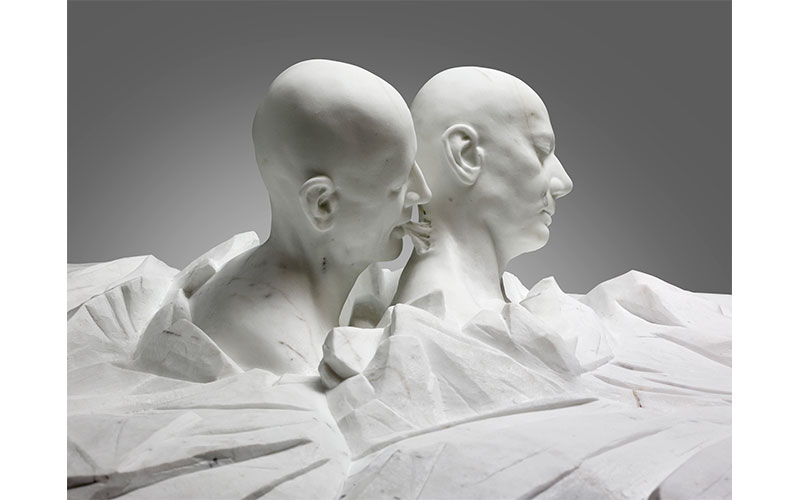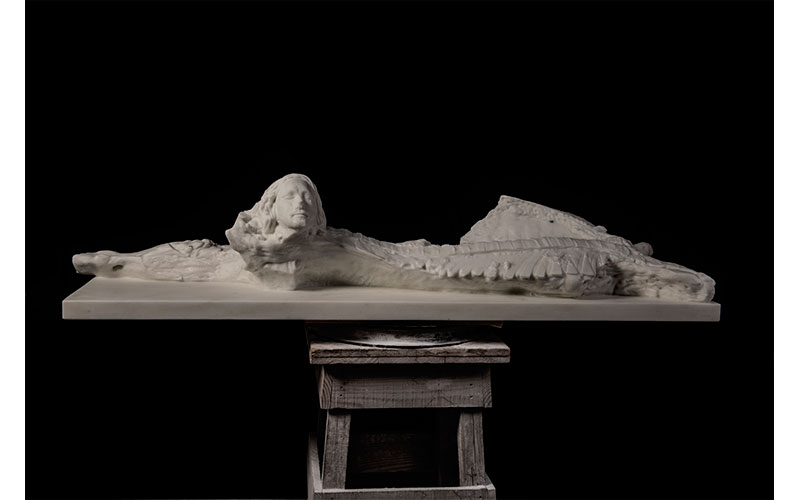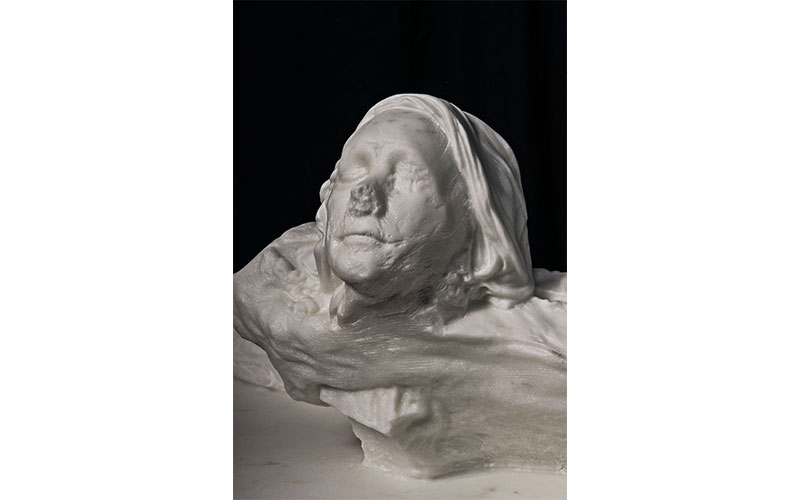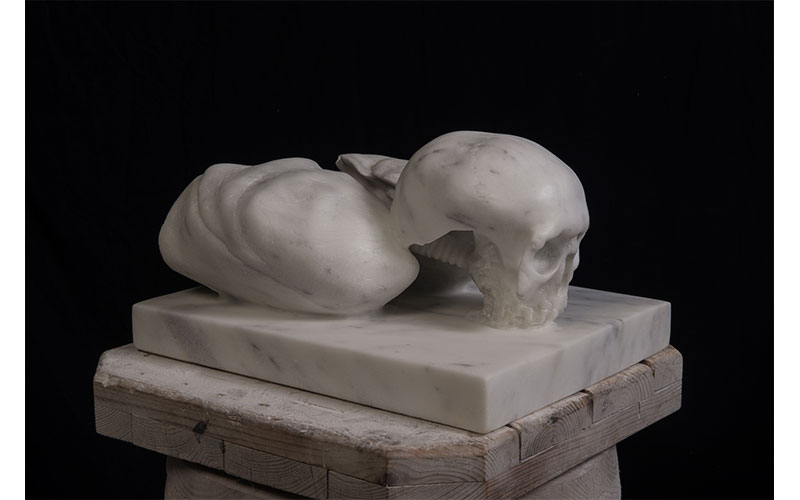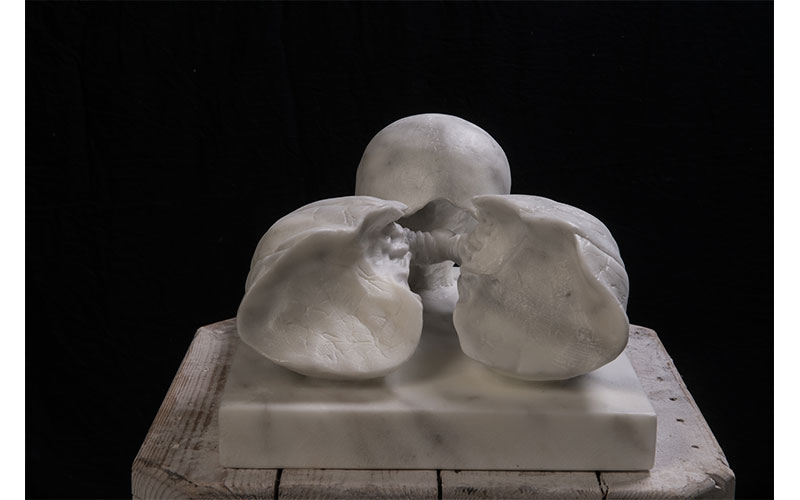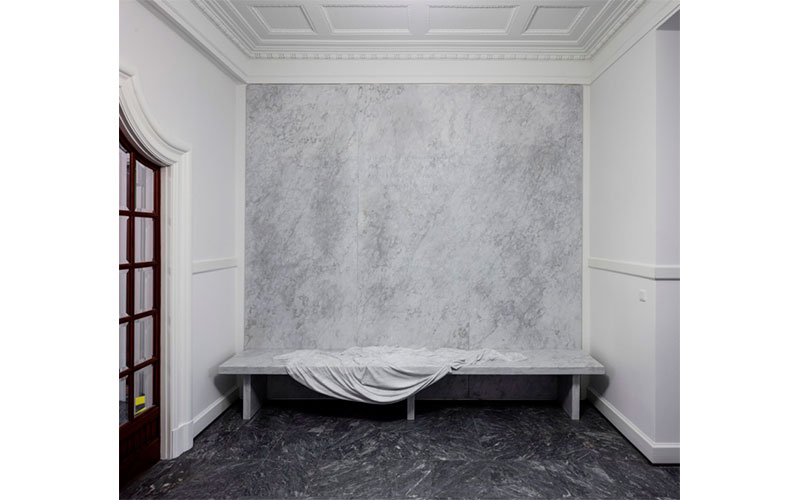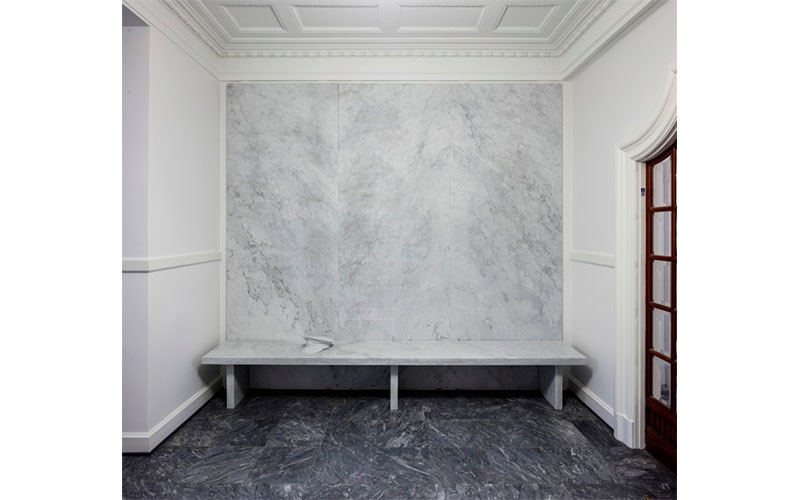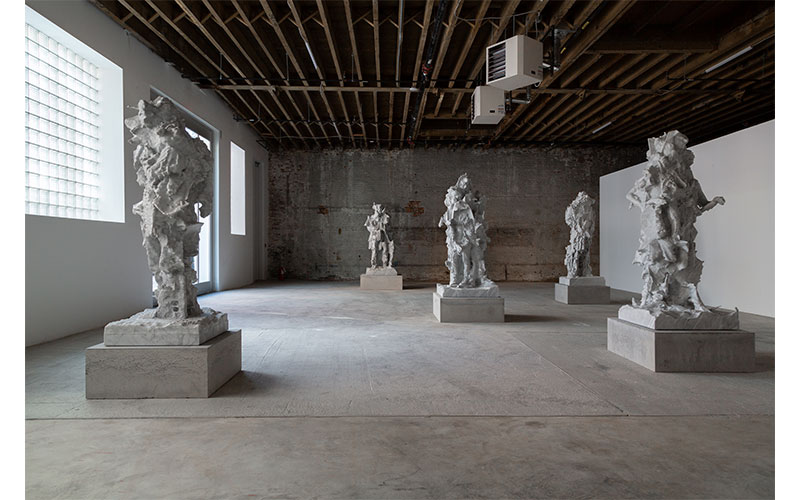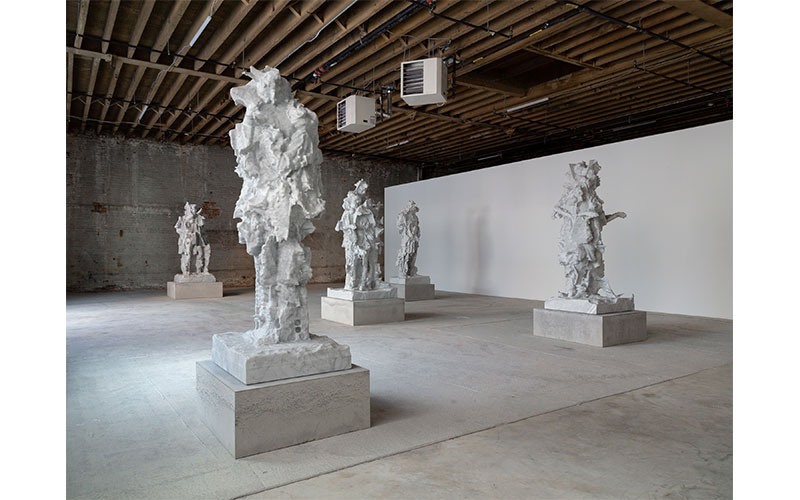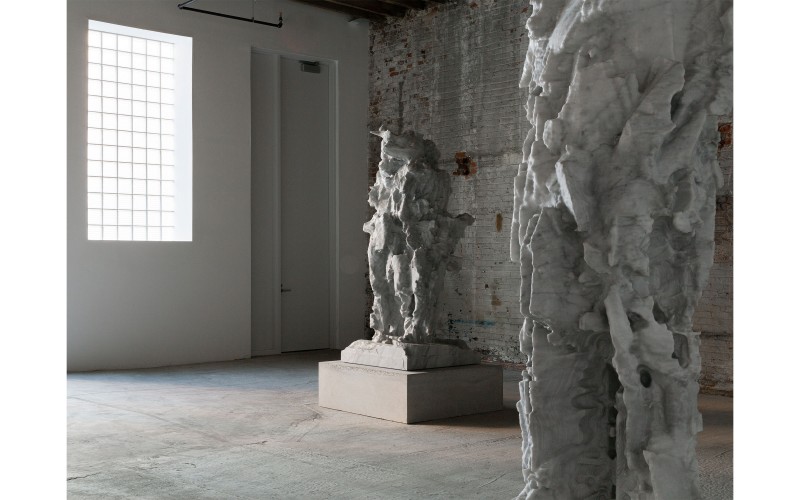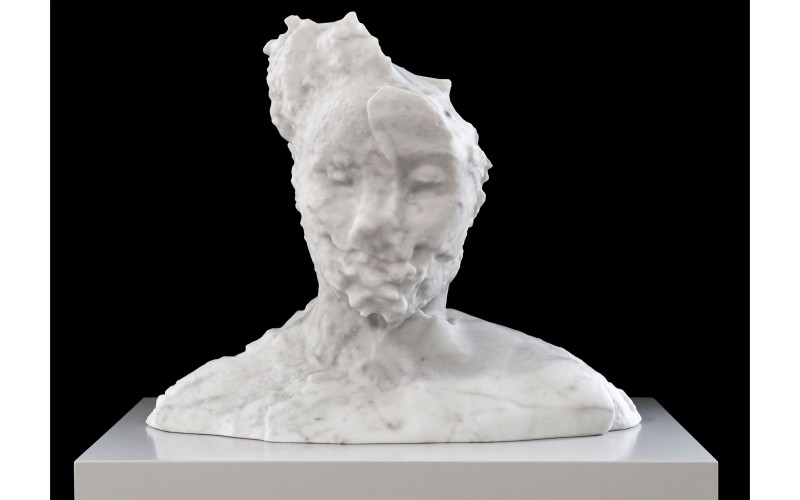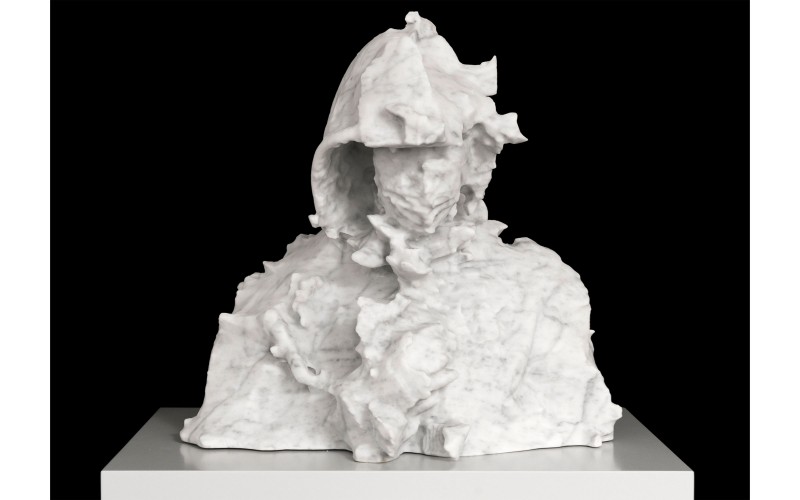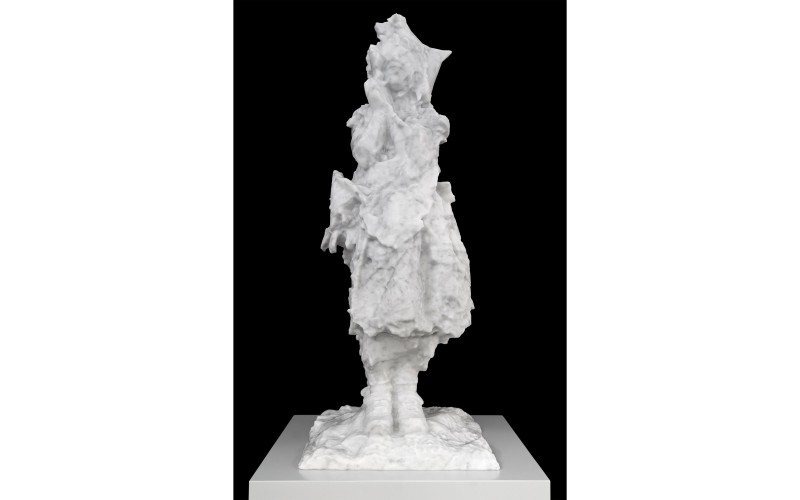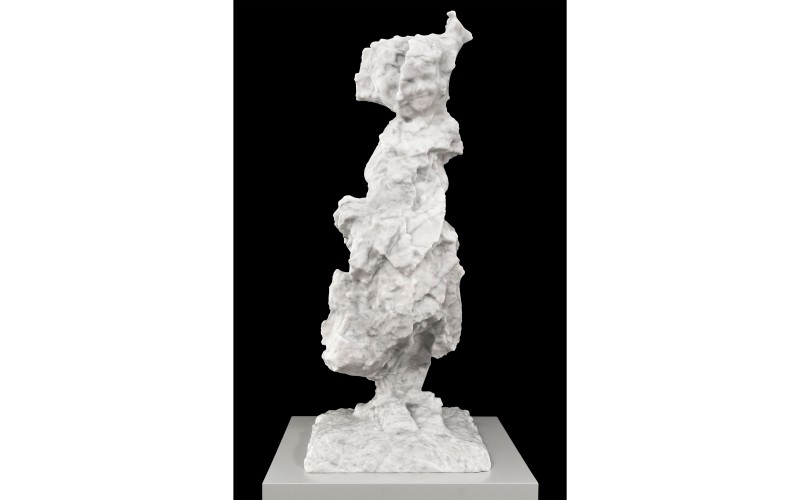The body as metaphor or as real and existent matter is put into play in the middle of the 1980s with a series of sculptures that gesturally perform the body’s movements and non-verbal language. On the basis of an urge to widen the artistic possibilities and a need to offer resistance to the prevailing conventions, Lemmerz makes use of stone wool, foam rubber, margarine, chocolate and other composite materials that effectively elicit an intensely direct affect. He yearns to create an imbalance on different levels. Fettbaby, Anamnesis 1-9 and Afasi are the titles of some of these de-stabilizing and confrontational sculptures. The artist formulates a couple of sculptural conceptions, “the impossible sculpture” and the “pre-linguistic” sculpture,” by means of which he links up his project with Heidegger’s reflections on being and his ruminations on everything’s – and especially art’s – beginnings.
The gesticulating figures made from composite materials were superseded almost abruptly by the plaster cast’s clear contours, along with this development; figuration was introduced into Christian Lemmerz’ work; as an imprint of reality in the form of body parts and other already existent entities. Violence and suffering find expression as themes with explicit references to the Holocaust as something that is “still a real possibility” as the artist writes in connection with the sculpture, Gebein.
However, suffering and death are similarly articulated through the artwork in a great many other ways in the 1990s. The body as existence’s sole manifest sign is dissected almost literally in a number of spectacular works with flesh and blood as the materials, where Lemmerz, as an artist of existence and experience, gets directly to the point. His works’ condition of abjection, situated between being a subject and being an object, is feared, as Julia Kristeva explains, because the abject exerts its effects in a de-stabilizing and intensely challenging way. With the spectacular installations Lebernebel, Franki I-V, Augenzeugen (Lucy) and especially the complex Scene, with its six glass coffins containing pigs’ corpses stitched together, Lemmerz was working within a psychological borderline area, where the very notion of sculpture, moreover, has been distended to its most extreme implications.
A paradigmatic change in Lemmerz’ output takes place in 1997 with the exhibition, ”Dopo la Storia,” where he shows two identical marble heads, L’Una and Der Zwilling. What is ushered in with these works is a sustained and aggressively diligent phase, where the artist works with the white Carrara marble. He re-actualizes classical Greek art with the statue, Adam-Kadmon, and in the light of an art historical time-line that runs through classical, baroque, neo-classical and French salon art, he elaborates on the incessantly recurring themes of violence, terror and death while supplying this entire register of heavy and somber issues with erotic, absurdist and ironic twists. After all, it is reality that Christian Lemmerz has a bone to pick with, and an intense one at that, even though reality is being transformed into what is by and large a deciphered and unheimlich state of affairs.
Current political and ethical questions become endowed with a clearer and clearer voice through the works, which always, in terms of their form and content, constitute a transformation from recognizability to the more veiled or unknown, inasmuch as Lemmerz is working rhizomatically, where the assertion sometimes assumes a classically distinct form and sometimes manifests itself with a gestural formlessness. His whole pluralistic oeuvre is bound together, at the same time, by the fragment – as an open and processual figure.

